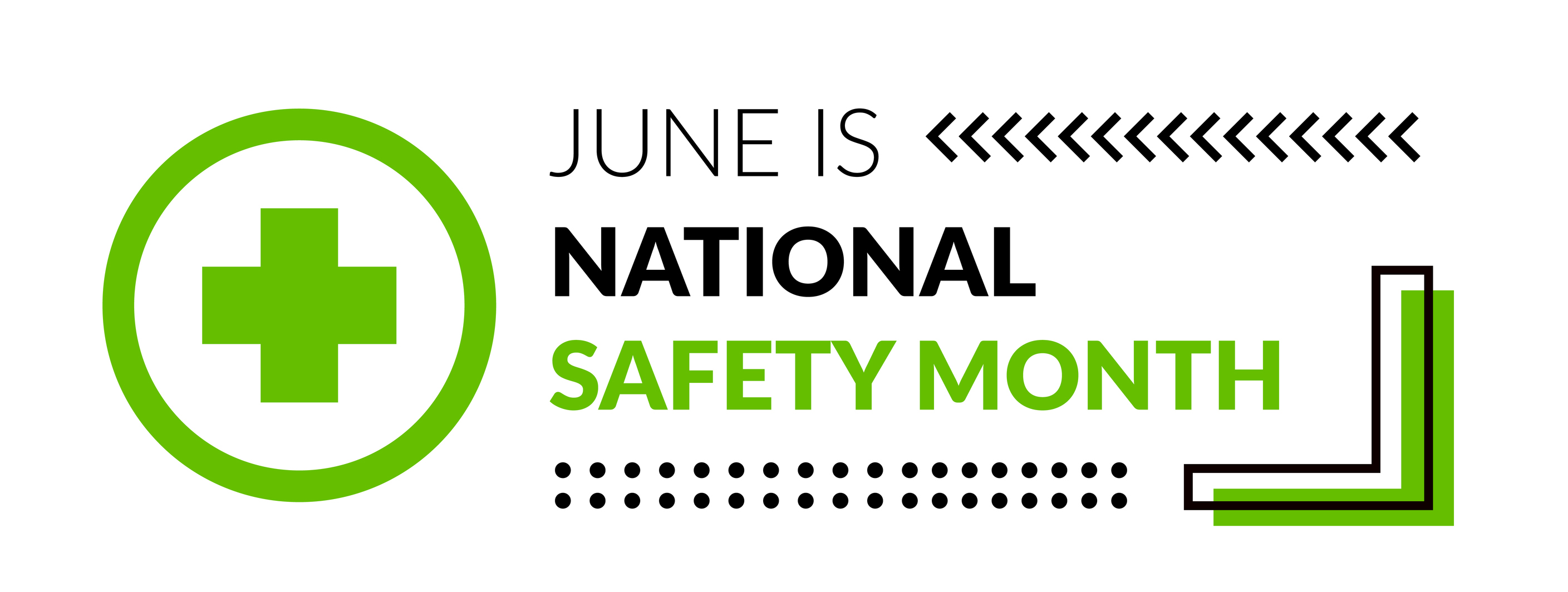Control. For most operators, owners and CFOs in long-term care facilities, it’s not a word that comes to mind when insurance is the topic. But with price increases hitting commercial insurance lines, market and coverage limitations within the aging services sector, as well as reduced capacity to service this vertical, greater control over insurance rates is exactly what long-term care executives should demand.
The landscape of the insurance market has significant implications for the assisted living industry – from long-term care and post-acute care to continuing care retirement communities (CCRCs). Gaining control over your insurance costs starts with understanding the changing landscape:
Limited Marketplace – The aging services segment of the Health and Human Services industry is fairly limited in terms of commercially available insurance, meaning there are only a handful of insurance carriers who will even consider underwriting this type of business and will oftentimes only do it under their own terms and conditions. This limits your control as an insured and subjects you to potential increases in pricing with a decrease in coverage.
Reduced Capacity – Several carriers rushed to enter the aging population marketplace due to the strong macro-level fundamentals of retiring baby-boomers. However, some of those carriers now have concerning loss-ratios and consequentially, their availability and limits have suffered. Ultimately, the carriers that remain will increase pricing and may also reduce coverage in an attempt to maintain margins and their rating.
Increased Pricing – As pricing starts to increase, coverage omissions that the insurer made during the soft market are not readily given back, which can result in a poorly constructed policy with many coverage gaps. Coverage terms and conditions cannot be ignored, and policies need to be carefully evaluated at each renewal to make sure they adequately address the exposures.
Coverage Limitations – The most direct way for carriers to protect their underwriting profit is to insulate themselves from paying claims. This is accomplished by incorporating coverage limitations into your policy forms. Many of these limitations have different implications by state. It is important that you and your broker have a comprehensive understanding of how your policy will respond with respect to claims in the following areas:
- Sexual Abuse and Molestation: It is not only important that you have this coverage, but also that you understand how it is specifically constructed with respect to defense costs and indemnity payments, as well as final adjudication implications.
- Punitive Damages: Depending upon the states in which you operate, you may or may not be insurable by law. However, it is important that you understand how this would be implicated in the states in which you operate.
- Additional Insured Coverage: How this coverage is designed will have direct implications on whether you are in compliance or in breach of the contracts you sign (with both Federal and State funding sources).
- Vicarious Medical Liability: It is important that you understand how your policy covers this exposure for you and that your employed medical professionals are carrying the appropriate coverage and limits on their own Professional Liability policies.
- Civil Fines and Penalties: These are, in fact, insurable, although some policies do not cover this portion of any claim, which could be significant.
- Crystal Ball Provision: This is a fairly ominous coverage provision found in commercial forms that could potentially preclude you from obtaining coverage for a particular claim depending upon how it was reported.
- Definition of a Claim: This is going to be the primary door into the policy to obtain coverage. It is critically important that this is defined appropriately.
Health & Human Services Division
1-888-472-4262
feedback@grahamco.com







